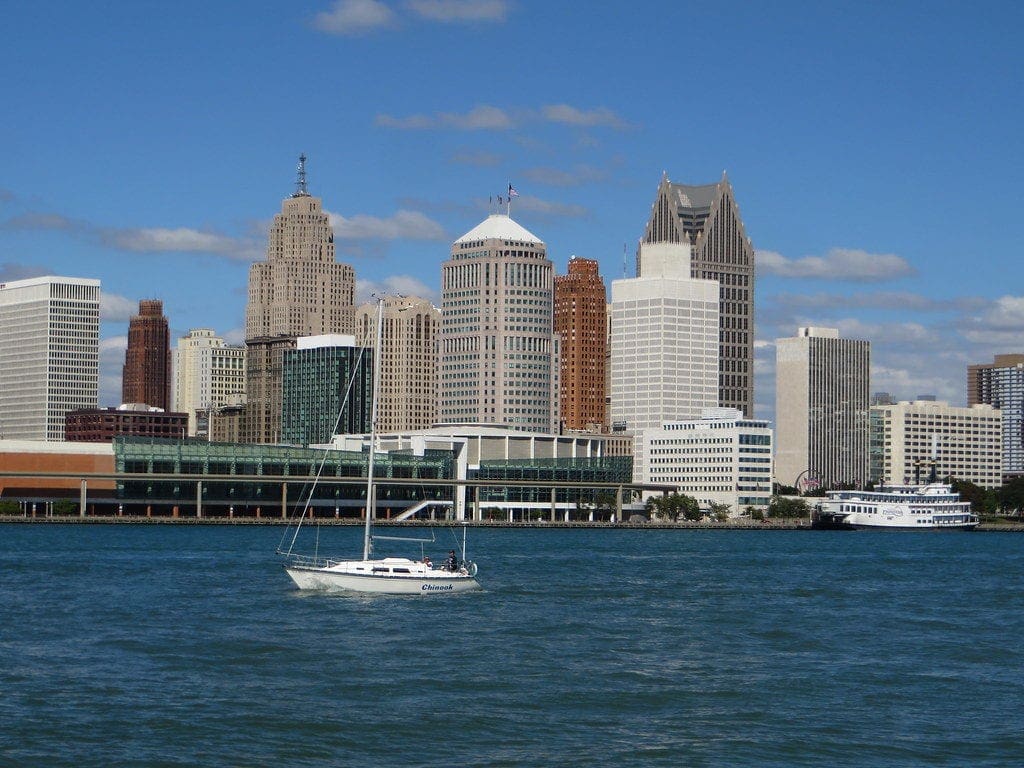The United Auto Workers union has been on strike recently, shutting down plants across the country. Jarrett Skorup of the free-market think tank the Mackinac Center notes that states with heavy UAW activity – Michigan, Indiana, Wisconsin, and Kentucky – have become right-to-work states in the last decade.

Under right-to-work, workers cannot be forced to pay union dues or fees as a condition of employment. It restores some semblance of the freedom to associate and also weakens unions which rely heavily on federal public administration to politicize the workplace.
Although some labor union boosters argue that Michigan’s right-to-work law has only had a small impact on the UAW and is playing a small role in the current strike, the UAW has witnessed a substantial decline in membership. Federal data indicate that Michigan’s 14 largest unions have seen 130,000 members leave since Michigan passed right-to-work in 2013. In that period, Michigan has witnessed more than 400,000 jobs created in the private sector.
The numerous jobs created since the auto industry’s recovery from the recession generated a small boost in UAW’s membership. Ever since right-to-work was passed in Michigan, UAW membership has actually increased by three percent. On the other hand, the number of workers in Michigan’s auto sector increased at a much faster pace. Since 2012, the number of auto workers increased by 28.4 percent.
Skorup points out another interesting development:
“The number of autoworkers in the states where the UAW’s membership is concentrated – Michigan, Ohio, Indiana, Wisconsin, and Kentucky – has increased by 113,000, or 25.7%, since 2012. And while the number of auto workers increased by 12,000 workers last year, the UAW shrunk by 35,000 or 8 percent.”
This indicates that a substantial portion of auto workers may be exercising their right to leave unions like the UAW. Unions have their place, but workers should still have the freedom to choose their employment without the threat of union coercion. Many of these issues could be solved by separating unionization from the federal government and allowing this matter to be handled in a more localized fashion.
Right-to-work laws may not be the magical solution, but they are at least enacted from the right mindset, one of letting states take matters into their own hands. When the federal government clearly lacks the desire to reform labor policies to give workers more freedom, state and local governments can pick up the slack.

























